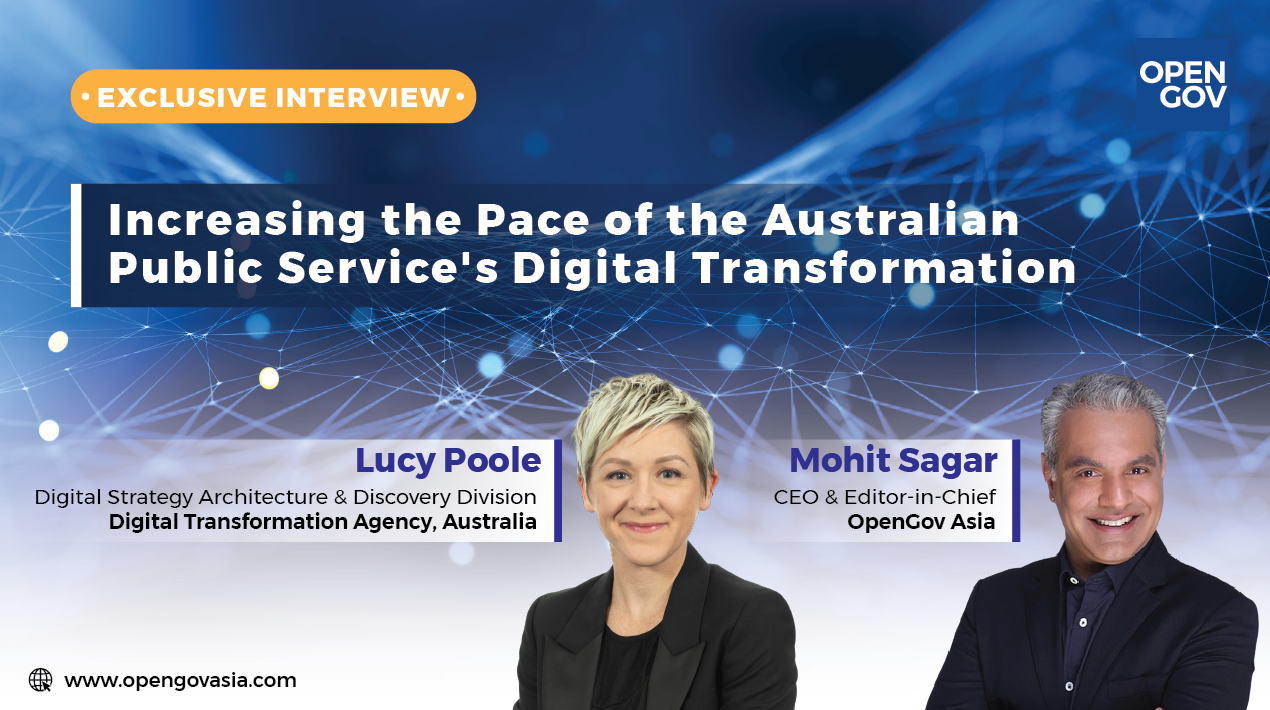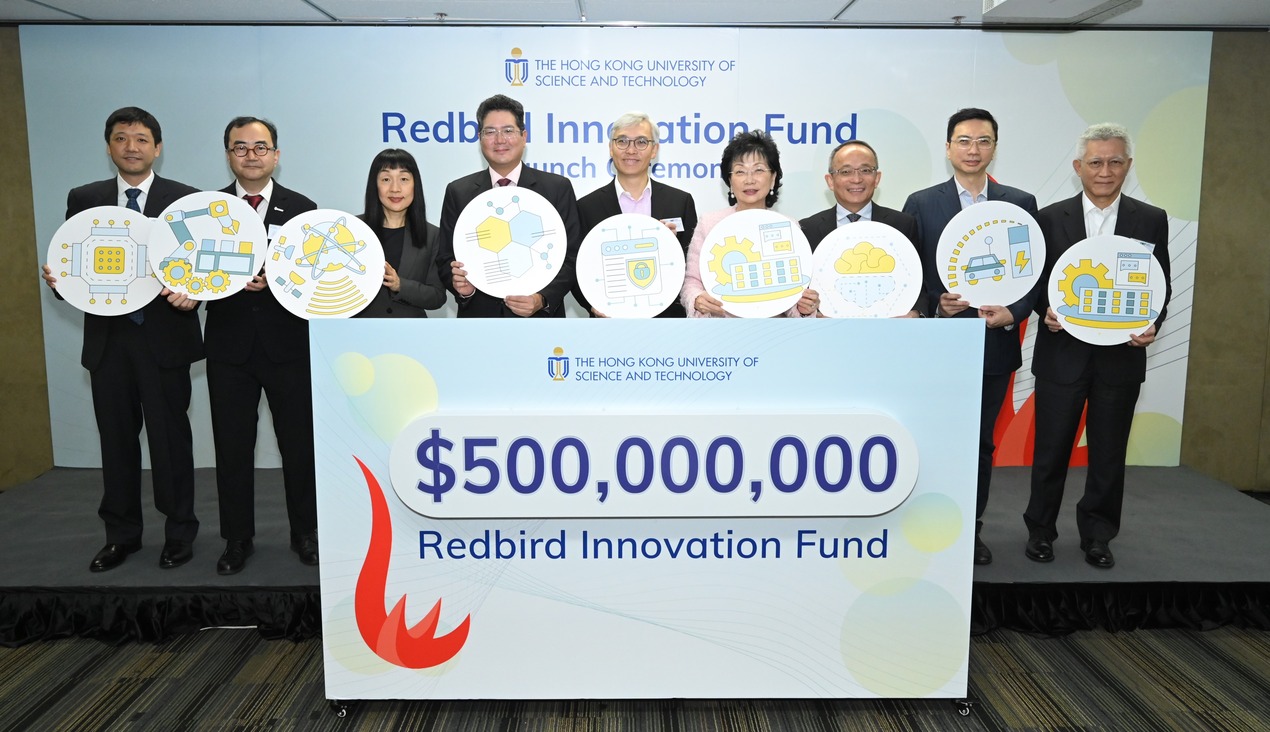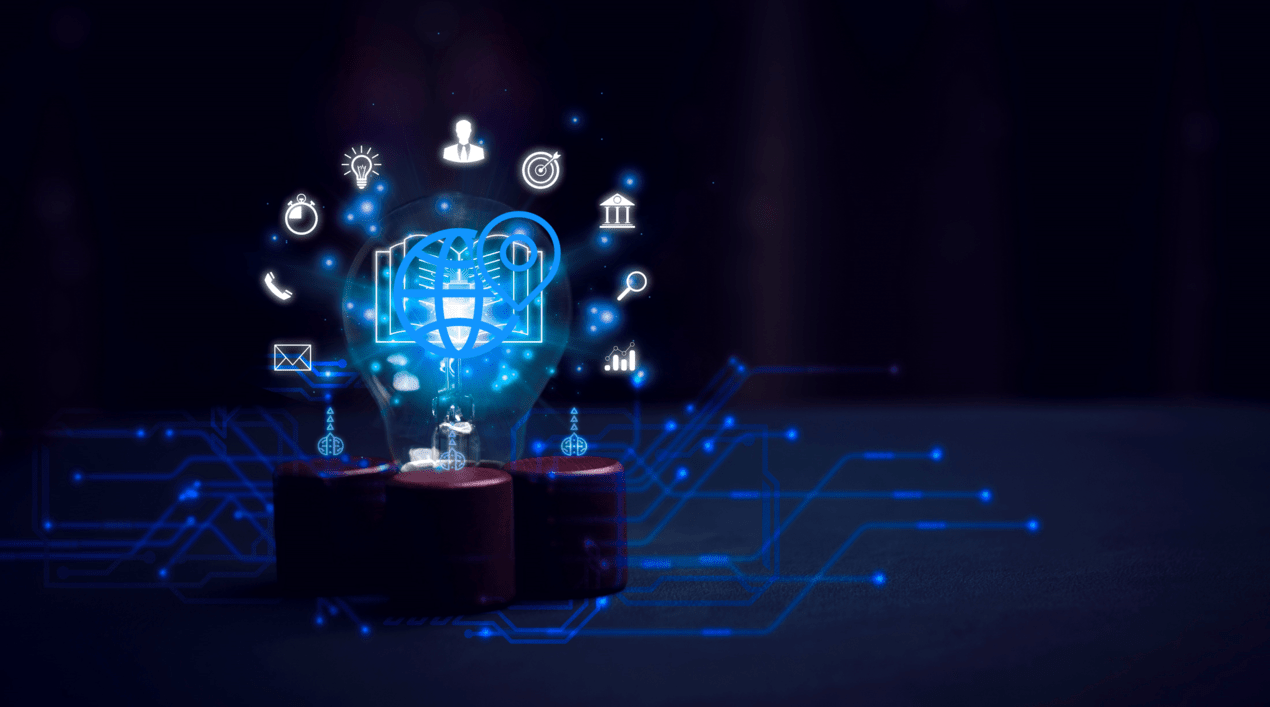
A digital government operates in a manner that is digital by design, focusing on the requirements of users and maximising data. Fundamentally altering the way the Australian government operates now, it offers enhanced social, policy and economic outcomes.
The Digital Transformation Agency (DTA) of Australia believes that a digital government better prioritises the requirements of individuals and businesses. It entails investing in cutting-edge technology to deliver a personalised experience that is stable, safe and dependable and ultimately anticipates the demands of each user.
Australia’s Resilience and Growth Rely on Digital Government
 In an exclusive interview with OpenGov Asia, Lucy Poole, General Manager, Digital Strategy, Architecture, and Discovery Division, Digital Transformation Agency, Australia shares her journey and some success factors for deploying digital solutions in the public sector. She strongly believes that the next frontier in digital transformation is the de-duplication of how citizens and businesses access and engage with the solutions.
In an exclusive interview with OpenGov Asia, Lucy Poole, General Manager, Digital Strategy, Architecture, and Discovery Division, Digital Transformation Agency, Australia shares her journey and some success factors for deploying digital solutions in the public sector. She strongly believes that the next frontier in digital transformation is the de-duplication of how citizens and businesses access and engage with the solutions.
“We cannot underestimate the impact of programmes and concepts such as ‘Tell us Once’ – not requiring customers to continue to re-tell their story as they access government services,” Lucy emphasises.
They are beginning to see both this de-duplication in service delivery and a side effect of more efficient investment through what they have dubbed the “Australian Government Architecture” (AGA).
The AGA is a vision to reduce the time agencies need to navigate the complexities of government in building digital and ICT-enabled solutions. It is designed to be a catalogue of applicable policies and standards combined with an index of repeatable patterns and capabilities for re-use.
Because of the increased speed-to-market, the Government can respond to priority needs using modern, best-of-breed approaches gaining “overall efficiency in how we digitally connect government services”.
“Silos of excellence” are a significant challenge. While Australia has some policies in place to reduce investment in duplicated capability, this is a difficult barrier. While some core functions of a platform may be the same, the needs of the service that uses that platform may be very different. “It’s always a struggle to strike a good balance.”
Unfortunately, when it comes to transforming government services, there are often legacy, disconnected systems that must be addressed and eventually decommissioned. This requires time, effort, and, most importantly, commitment. When compared to the release of a new system, it is more difficult to create a good-news story about turning off a system.
“Our people are at the heart of so much of what we do in the Public Service. This heart is often the dedication that the government requires of people who are passionate about serving citizens and businesses,” Lucy acknowledges.
The money available to the public sector, particularly in the digital streams of work, can make it difficult to compete with the private sector. This means that their best and brightest often leave for greater returns and better opportunities. “Our big challenge will be crafting our employee value proposition – across the Australian Public Service and all agencies.”
One of the most important technological advancements ever made, digital identification has enormous advantages for businesses, consumers, and governments. Australia is a pioneering nation in the field of digital identity. The Trusted Digital Identity Framework that supports the Australian Government Digital Identity System isn’t simply based on industry best practices from throughout the world; it’s also regarded as best practices in many other nations.
Underscoring her belief in the Trusted Digital Identity Framework (TDIF), Lucy says, “At the DTA, we’ve been building policy for Digital Identity – the Trusted Digital Identity Framework (TDIF) – for several years.”
The DTA is responsible for the Whole-of-Government Digital and ICT Investment Oversight Framework – a six-stage, end-to-end framework that provides Government Agencies with direction for managing their digital and ICT investments across the full project lifecycle. Government Departments and Agencies are obligated to consult with the DTA on all digital and ICT investment plans throughout the framework’s numerous stages, per the Framework.
Moreover, the TDIF serves as the guiding principle for the Australian Government Digital Identity System. It is based on worldwide and industry best practices and standards and it establishes strict guidelines for privacy, security, transparency and trust.
The TDIF is regarded as a world-leading accreditation framework for digital identity providers. It has supported the implementation of best-practice digital identity policies in Australia’s government and corporate sectors.
The TDIF has evolved and continues to adapt in response to changes in the service delivery landscape and consumer expectations as digital identification technology quickly evolves. It has gone through four major revisions, with a fifth now in the works.
In addition to incorporating accrediting programme findings, the next version (release 5) aims to prepare the TDIF for the future of digital identity as verifiable credentials and digital wallets become more popular and technology continues to grow at a rapid pace.
More than 9 million Australians, on the other hand, have decided to create a Digital Identity (using myGovID to build a Basic, Standard, or Strong identity) to access over 125 government services online, with 26 services supplied by states and territories. Over the past year, 1.3 million people used their Digital Identity more than once while 12,000 people have used their Digital Identity more than 65 times.
“We also have more than 1.4 million businesses that use Digital Identity to access business services, like our tax agency. This makes it easier for them to do business by reducing the amount of paperwork they have to do,” Lucy reveals.
Identification fraud can be reduced using a digital identity. In Australia, Digital Identity is predicted to save the economy AU$3 billion per year from identity theft and online fraud. The Australian Government Digital Identity System also provides extra privacy and security safeguards, such as no central database where papers are held, the inability to trace or sell a person’s behaviour, and all information being securely encrypted.
On the surface, this looks to be a simple issue. But, a response must include service standards, service design, accountability systems, collaborative service delivery with other jurisdictions, feedback mechanisms, open data and open government.
The design of performance metrics to monitor end-user experience begins with the service design. That is, gathering baseline data, investigating what data is accessible and, most crucially, finding the questions that yield performance data to enable continual improvement.
Monitoring the performance of a service or product is frequently done through a lens other than digital. The annual Report on Government Services (RoGS), for example, provides an annual study of government services in terms of equity, efficiency, and effectiveness.
The RoGs must incorporate state and territory government services as well as those of the Australian Government because other similar service experiences can influence user satisfaction ratings.
All government services must pause and assess how well they are satisfying the requirements of their users. myGov, the largest platform for providing government services to citizens, is currently subject to an independent user audit. The audit’s recommendations are expected to have significant implications for government service delivery across the board.
The Australian Public Sector (APS), like many other organisations and institutions around the world, is reorienting and evolving to embrace digital transformation and harness the power of data. “Realising that these are critical to our ability to continue to effectively serve the interests of Australia and the Australian people in a world defined by increasing speed and complexity,” says Lucy.
She agrees that it’s hard to keep the momentum and focus needed for long-term digital transformation with all the other priorities and crises that the public sector has to deal with at the same time. A key part of this is recognising and emphasising the link between digital transformation and trust and satisfaction in government on the part of citizens.
Even though the pandemic forced people to rely on their governments more, the overall trend is obvious. Against this backdrop, the Australian Government has made it a top priority and a requirement for the APS to do its job to win back the trust of the people.
“In the DTA, we make it clear how the ongoing digital transformation and the whole-of-government reform agenda are linked and depend on each other,” Lucy asserts.
The agency continues to stress the importance of services that focus on people and are easy to use. They are also building strategies that support the transformation that is sustainable, efficient, and centred on people. She points out that Australians who are happy with government services are twice as likely to trust their government.
Paving the Way for the Future of Digital Transformation
Australia is experiencing the effects of the rapid rate at which the digital world is evolving. Its APS Reform, which has a 2030 perspective, provides the government with a clear vision for the transformation of the public sector. The main objective of this agenda is to revolutionise how digital is done by making the APS more effective and efficient.
Ensuring that people and businesses are at the centre of policy and services is a core tenet of APS Reform. To ensure that transformation meets and surpasses user expectations, early and meaningful interaction and co-design are given a lot of attention in the digital space.
Trust is an issue for governments everywhere and is closely related to citizen expectations. In Australia, as in many other nations, public trust in the government had been dwindling before the outbreak. Although COVID had a brief uptick, regaining the public’s trust remains a major problem facing the government and its institutions.
To ensure that the government puts its constituents at its centre, the digitisation of government is key to the endeavour to reestablish confidence. The Independent Review of the APS in 2019 recognised this priority, and the nation is already moving in the right direction.
The key will be to define who is responsible for delivering initiatives and to raise the transparency of the progress by publicising how well key metrics are performing. However, confidence is not just dependent on how well-run and open the government’s operations are. It includes safeguarding data as well.
Criminal and state-based actors are rapidly developing their offensive capabilities, which is causing the cyber threat landscape to change all the time. These more sophisticated cyber-attacks are aimed against Australia.
A big compromise of Australian Government networks is a matter of “when,” not “if,” without massive reorganisation and cyber upgrading. “In light of this, we are hardening the government’s own IT, through a centralised model of cyber security services, called Cyber Hubs. We’re currently testing the feasibility of the Cyber Hubs model through a pilot. So far the pilot has shown the centralisation of the provision of services can help improve cyber security,” Lucy explains.
The government and institutions have vast amounts of information about Australians. This data is the fuel that drives the progress of artificial intelligence. Over the next 5 to 10 years, there is a chance to harness this data and use AI to innovate and improve public service delivery, resulting in better efficiency and transformation. But AI’s use of this data comes with risks and challenges for everyone, including the public sector. These risks and challenges need to be handled morally and responsibly.
Quantum computing is still in its infancy, but its application could represent the next step in the digital revolution of service delivery. AI is only as good as the data it’s trained on. Large datasets are currently being used by governments and institutions to train AI models and make them more useful.
However, when these datasets become scarce, governments and industries will be forced to find new ways to improve AI programmes. Quantum computing is one such method. Quantum computing refers to a class of supercomputers based on quantum mechanics.
To process information, these quantum computers employ the laws of quantum mechanics. That is, they can detect patterns in data that are nearly impossible to detect using traditional computers. They are substantially different from today’s computers in this regard.
Lucy believes if these powerful AI capabilities are utilised responsibly and data is saved and maintained safely, confidence and trust in government and institutions will grow. “More will need to be done in the next 5 to 10 years to integrate human values like transparency and fairness with AI’s goals of efficiency.”
Lucy is optimistic about the future and the role the DTA will play in guiding the government on developments in digital and ICT. She sees great potential for the agency to act as a government advisory body for its tech-enabled initiatives going forward as well as to serve the country in its digital ambitions. In summary, that is what she believes the agency exists for – to aid the public sector to offer the best citizen experience possible and help the nation thrive.
















